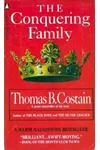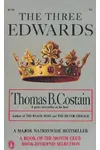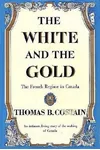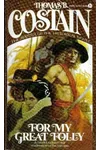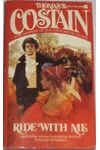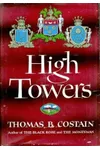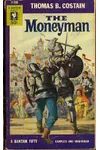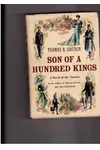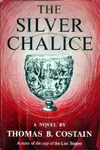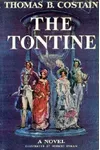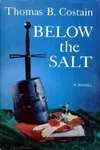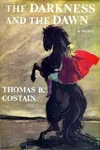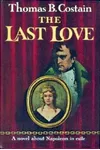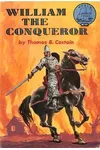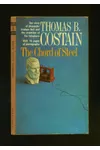Picture a Canadian storyteller who spun history into gold, crafting novels that whisk readers to medieval courts and ancient empires—meet Thomas B. Costain! Born in Brantford, Ontario, this journalist-turned-author didn’t publish his first novel until age 57, yet his historical fiction, like The Silver Chalice and The Black Rose, became instant bestsellers, blending meticulous research with vivid storytelling. His knack for breathing life into the past made him a literary star, with works adapted into films that thrilled audiences worldwide.
Costain’s journey from small-town reporter to celebrated novelist is as captivating as his books. With a love for theater and a sharp editorial eye honed at outlets like The Saturday Evening Post, he wove tales that blurred the line between history and imagination, earning accolades and a lasting legacy.
The Making of Thomas B. Costain
Thomas Bertram Costain was born on May 8, 1885, in Brantford, Ontario, to John Herbert Costain and Mary Schultz. A voracious reader and writer, he penned four novels before finishing high school at Brantford Collegiate Institute, including a 70,000-word romance about Maurice of Nassau—though publishers passed on these early works. Undeterred, he kicked off his career in 1902 as a reporter for the Brantford Courier, earning five dollars a week. His talent led him to edit trade journals, Maclean’s magazine, and eventually The Saturday Evening Post, where he served as fiction editor for 14 years. In 1920, he became a naturalized U.S. citizen, and by 1939, he was shaping stories at Doubleday Books and 20th Century Fox. At 57, he finally unleashed his debut novel, For My Great Folly, proving it’s never too late to chase a dream.
Thomas B. Costain’s Unforgettable Stories
Costain’s novels are a masterclass in historical fiction, blending rigorous research with swashbuckling adventure. His 1945 hit, The Black Rose, follows a 13th-century Englishman navigating the Mongol Empire, inspired by the legend of Thomas Becket’s parents. With over two million copies sold and a 1950 film starring Orson Welles, it cemented his fame. The Silver Chalice (1952) transports readers to the early Christian era, where a gifted artisan crafts a chalice for Christ’s Last Supper cup. Adapted into a 1954 film with Paul Newman, it showcased Costain’s ability to weave faith and history.
His non-fiction, like the Plantagenet series (The Conquering Family, The Magnificent Century, The Three Edwards, and The Last Plantagenets), brought medieval England to life with a novelist’s flair. Critics praised his vivid prose, though some noted his penchant for embellishing history—Costain himself admitted it was hard to separate fact from “apocrypha.” His style, rich with color and drama, made dusty eras feel as thrilling as a Hollywood epic.
Why Thomas B. Costain Matters
Costain’s impact transcends his page-turners. His Plantagenet series inspired George R. R. Martin’s Fire and Blood, part of the A Song of Ice and Fire saga, showing his influence on modern fantasy. His ability to make history accessible democratized the past, inviting readers to explore forgotten worlds. Schools and community centers in Brantford bear his name, and his daughter, Molly Costain Haycraft, followed in his footsteps as a historical novelist. Costain’s legacy endures in every reader who finds joy in the past’s grand tapestry.
- Born: May 8, 1885, Brantford, Ontario
- Key Works: The Black Rose, The Silver Chalice, Plantagenet series
- Awards: Doctor of Letters (1952), Canadian Club of New York Gold Medallion (1965)
- Died: October 8, 1965, New York City
Ready to time-travel with a master storyteller? Snag The Black Rose or The Silver Chalice and dive into Thomas B. Costain’s thrilling historical adventures!
